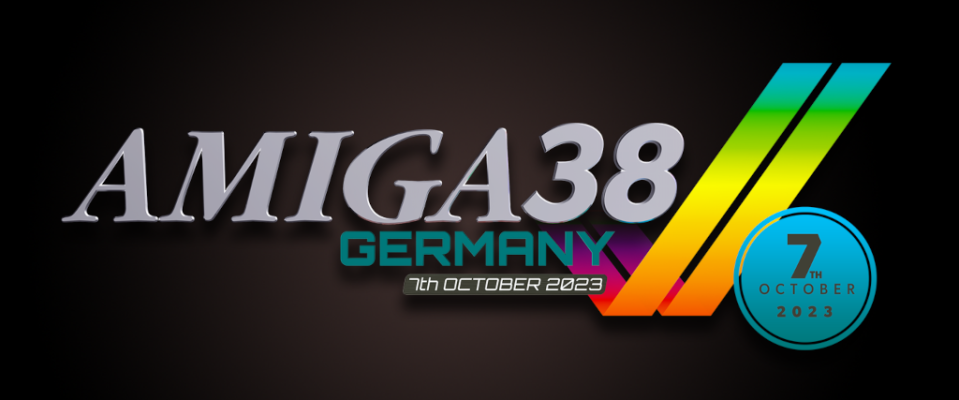8-bit Vengeance – How to Revive a Myth

8-bit computing is now living a second youth: not only the guys who were there when it all started (I was!) but also a wild bunch of new enthusiasts, are now craving to work on those old-times beauties.
The fun behind it comes from many different considerations:
- we have loads of documentation nowadays, that were not present back then. Coding on such machines have so never been so easy (well, sort of!);
- 8-bit computers have a fixed architecture and are simple machines, compared to the most recent ones. You can get into them and closely understand what actually runs under the hood;
- 8*bit computers are now very easy to emulate with cycle-exacts features on today’s powerful computers. Even though you don’t have the real thing you can code for it exactly how we did in the ’80s. In addition, dedicated software and hardware now allow coders to develop applications for those computers on the real machine or on the emulator, and then port files from a set-up to the other in a matter of minutes.

As stated on the official website the main feature of the Ultimate-II+ is a cycle accurate implementation of the Commodore 1541 Floppy Disk Drive. This part of the Ultimate-II+ cartridge thus acts exactly like a real drive. It is not any faster or any slower than a real floppy disk drive. Just like a real 1541 disk drive, the needs “floppy disks”. On the Ultimate-II+, these floppy disks are virtual. These virtual disks exist in the form of a .D64 or .G64 file on a storage device, such as the supplied USB stick. When the user selects such a file, it is linked to the emulated drive. This process is called ‘mounting’. After mounting (which will take a few seconds to complete), the 1541 can access the image file as if it was a real floppy. All standard commands that you are familiar with while using a real CBM1541 then apply. 
On first start, the Ultimate-II+ will load an Action-Replay type of menu. If you don’t need it for your purpose just press the menu button (center button on cartridge back), press F2 on the computer and select “Cartridge None” from the menu. The blue screen here depicted is a guaranteed buster for your hype in itself. As you can read, it says “Cyberpunx Retro Replay by Count Zero”. If you are cyberpunk fan you’ll recognize in Count Zero the original title of the second William Gibson’s novel, published in 1986.
Then make sure the 1541 set-ups are correct, with “8” as a device number. Basically, you are already set! From this point on you will use your C-128/C-64 video output as cartridge and USB file browser. There are many different preferences you can tinker with, but if you just want to have some fun with your favorite games (or programs) just press F5, navigate the directory, select your disk image (you can either mount if first or directly launch it) and press enter. Everything is already taken care of: your software will swiftly start as intended over 30 years ago.
But this is only the beginning since the Ultimate-II+ is much, much more than this. After the disk image is mounted, it will work exactly like the real thing in a totally transparent way, as you can see in the pictures below where I mounted a virtual disk and then I used it inside a full C-128 environment. You can load or create new programs and store them in the virtual disk using the same instructions you used on the C-128 (Basic V7.0) or on the C-64 (Basic 2.0). Everything saved in the virtual disk will actually be written on a relevant disk image on the USB stick, which means that when you are done you can take that stick, plug it into your C-64 Forever and/or VICE emulator and vice-versa. In addition, tape support, virtual printer support and Ethernet support are there, even though I didn’t have the time to test those features yet.
In the end, this Ultimate-II+ from Gideon’s Logic really opened a new world for me or, rather, was the key-code for the Stargate that took me to the past. Yet, despite what one could think, it is not a matter of sentimentality or reminiscence of the past. 8bit computing is alive and kicking, and it is here to stay. I already reviewed a brand new project for it on these very pages and more will come in the near future. Stay tuned!














Oh wow, i don’t follow the 8bit world much so this was a nice update 😀
I noticed Limbo too btw 😉
No review of that by any chance? 🙂
I might try to review Limbo, but what you see in the article in not the full game but the first working demo. We’ll see how things turn out.